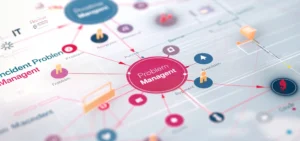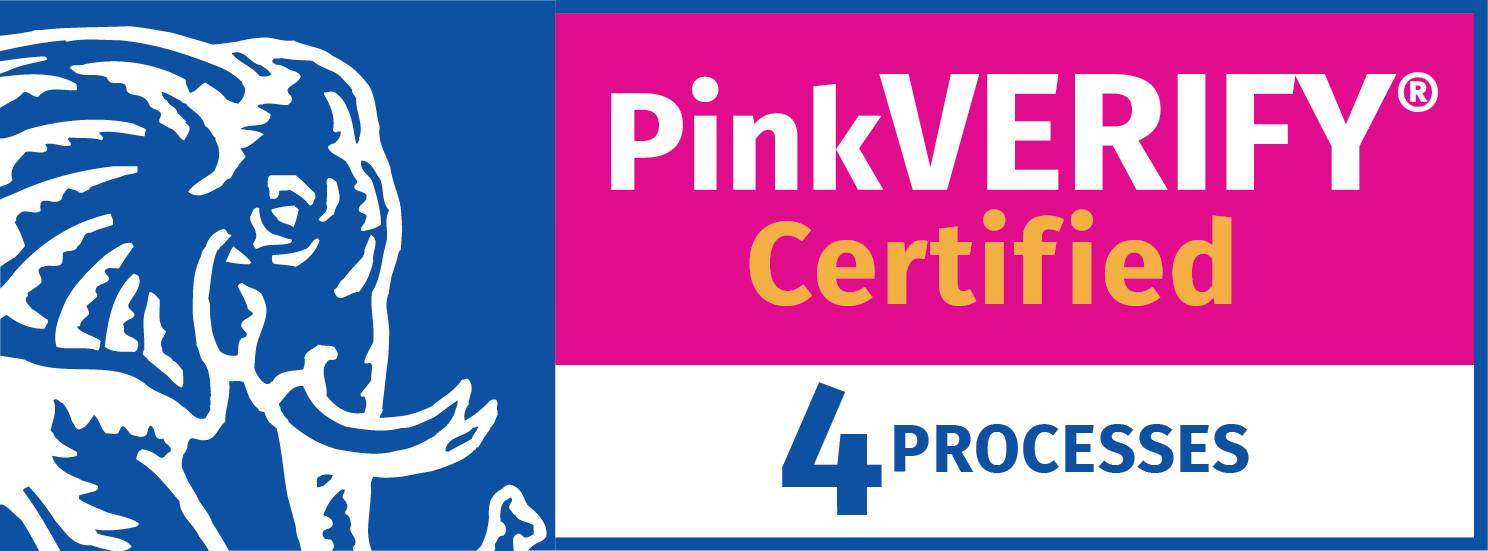When management looks at IT and the services they provide, they view it as a cost center that requires investment to maintain business continuity. As a result, it can be challenging for IT departments to get the budget they need for software systems that executive management might view as extras.
Fortunately, ITSM systems actually deliver a significant return on their investment. IT organizations that are capable of demonstrating the economic benefits they bring to the overall organization have an easier time justifying their costs and getting management buy-in to their service management platforms.
Service management platforms truly do deliver a measurable return on investment, in every area they touch, helping to increase profits through reduced expenses and offering a technical advantage to increase income.
How to Measure ROI
IT teams are great with networks and systems, but when it comes to talking about economic benefits, they often find themselves out of their league. The calculation for measuring ROI is simple. Take the total savings or profits and divide it by the investment.
For example, imagine a Help Desk for a mid-size company with 3,000 employees. On average, this Help Desk receives 7,000 tickets per month, with the average ticket costing $20 to close for a monthly cost of $140,000.
Using an ITSM platform, the Help Desk added a live chat feature for $5,000 a month. Rather than working with a single ticket at a time on the phone, agents were able to handle 3 tickets at
a time through chat. The average cost to close each ticket dropped by one-third, for a total monthly cost of $46,666.
The return on investment in this instance is substantial. Their $5,000 investment netted a $93,334 savings, an ROI of 1,866%. With savings like this, it makes it easy to justify the ITSM expenditures to management.
Finding ITSM ROI
Most ITSM systems measure everything that they touch. This is great for reporting things like SLA compliance or network downtime, and it is also invaluable in calculating ROI.
While ROI can be derived out of nearly every element of an ITSM system, there are several basic areas where we can easily find and demonstrate ROI.

Channel Usage
Not all support has the same costs. By far, in-person and phone support are the most expensive, as Help Desk agents can only handle one ticket at a time. The cost drops when additional communication channels are added into the mix, like live chat and email. Agents can handle multiple tickets at a time, resolving them faster at a lower cost.
Costs really drop when teams add self-service elements into the mix. While the initial costs involved in setting up a self-service knowledge base may seem high, pushing users to resolve problems without an agent guiding them costs just a fraction of assisted service.
ITSM systems introduce these elements into IT through an organized, manageable system. The cost per ticket can be seen within the ITSM dashboards and analytics, and that data can be used to calculate ROI.
Calculate Productivity
On average, employees who work in companies with top ITSM services lose about 17 hours of work time per year due to technical issues, or about 2 days. Employees who work in companies with poor IT services lose an estimated 47 productive hours a year, or 6 days per year.
For a company with 500 employees, the cost of having a poor IT system in place is an additional 2,000 unproductive workdays. Today’s average salary is about $51,000, which means that missing productivity costs nearly $400,000 per year. In other words, a company of this size with ITSM saves nearly $400,000 in productivity costs.
ITSM systems work to eliminate productivity issues stemming from computer and network failures. Problem Management and Incident Management modules enable IT teams to proactively identify problems before they happen, keeping employees productive.
The saving here should also be included with the IT team’s ROI calculations and can either be measured against industry averages or internal benchmarks.
Eliminate Unnecessary Costs
Another way to demonstrate ROI is by using the system to find and eliminate expenses. Research into Microsoft Office 365 licenses showed that 56% are inactive, underutilized, oversized, or unassigned. The average business could reduce their total Office 365 costs by 14% if they had the tools in place to recognize the overspending and eliminate it.
Overall, about a third of most companies’ software budgets are spent on unused licenses. Asset Management tools can help identify unused and unnecessary software licenses and deliver a significant return on investment.
Service Catalog is another ITSM tool that can eliminate extra costs. Through automated workflows, employees can provision software services on their own, limiting the time spent by Help Desk agents to install software on employees’ computers.
Again, this contributes to the cost savings ITSM systems bring to organizations and increases a company’s ROI.
Bottom Line on ROI
Strategic leaders in IT departments recognize the importance of demonstrating business value to their management. ITSM presents savings throughout the company, from improving Help Desk efficiency to reducing system downtime.

IT improves processes through project management, by eliminating redundancies and pushing for stakeholder buy-in before the first dollar is spent, all of which contributes to the calculable savings driven by the system.





